If the asteroid hits the earth, what will happen?Do we test and calculate?
Author:Astronomy online Time:2022.06.16
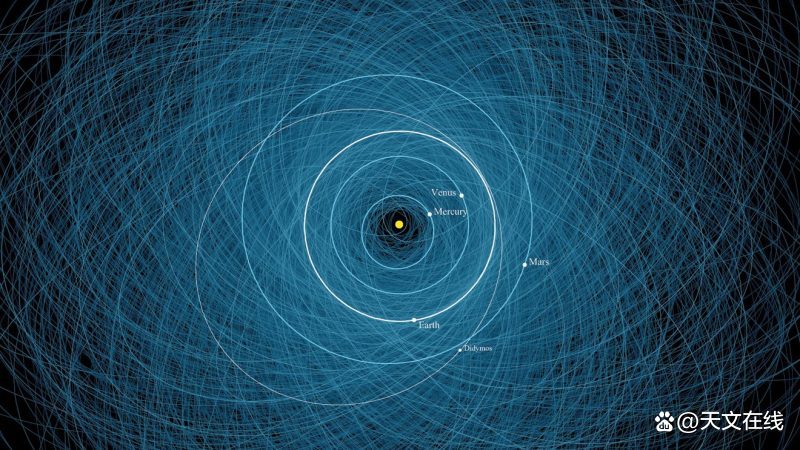
Illustration: This diagram shows the track of 2,200 potential dangerous celestial bodies calculated by the CNEOS of Jet Promotion Laboratory (CNEOS). Picture source: NASA.
NASA said on December 6, 2021 that Sentry-II's latest asteroid monitoring algorithm system has been launched. It is evaluating the impact risk of asteroids near the earth. The telescope responsible for investigating the sky has found about 28,000 near -planet, also known as Neas. As more advanced telescope is launched, NASA expects scientists to discover more near -earth planets. Consistent with the increasing understanding of the past few decades ("Wow, there are many small planets outside, and one of them may hit us!") These scientists now realize that they need a advanced system to predict the probability of impact.
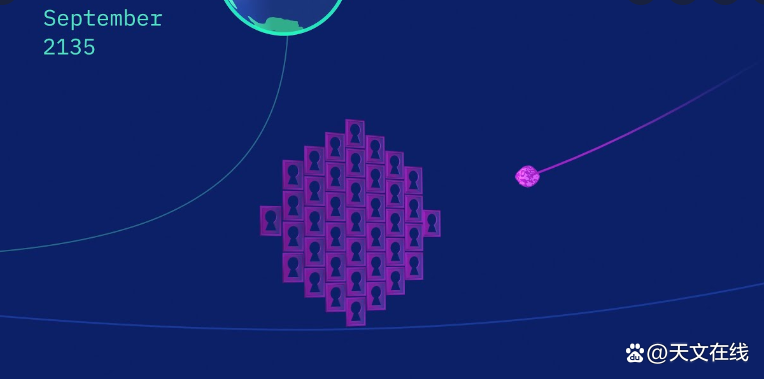
On December 1, 2021, "Astronomy Magazine" published a study of new technologies. This paper can be checked on Arxiv.
Initial sentinel
Calculating the path of small planets to speculate that their impacts that may occur with the earth in the future are a challenging research.
The tiny asteroid and the uncertainty of the location brought some difficulties to study. The CNEOS Center (CNEOS) uses impact monitoring software to calculate risks. The research center is part of the NASA Jet Promotion Lab. Since 2002, software named Sentry has been used to calculate the track and impact risk of small asteroids.
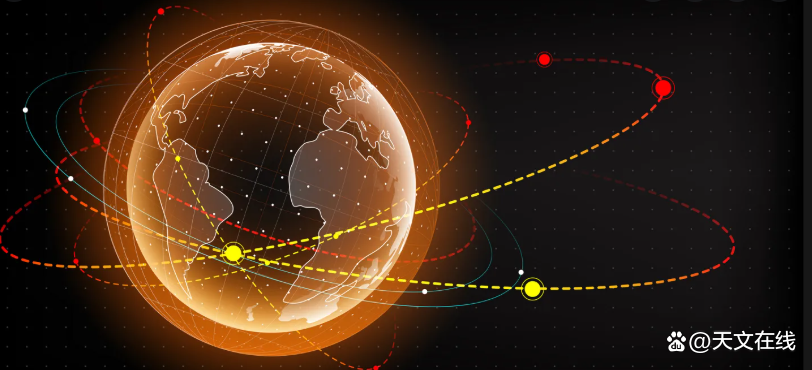
Harvel Roya Wesons, who has worked in the jet promotion laboratory and currently works in SpaceX.
The first version of Sentry is a very powerful system that has been running for nearly 20 years. It is based on some very intelligent mathematical calculation methods. Just one hour, you can get the probability of a newly discovered asteroid in the next 100 years.

The new generation of "Sentry-II"
"Sentry-II" is an upgraded version that quickly calculates the impact probability of all known Neas. It covers special circumstances that the initial "sentry" cannot calculate. Sentry-II records the most dangerous object in CNEOS's "sentry table".
The new feature of "Sentry-II" enables NASA to evaluate the potential effects of all asteroids hitting the earth, even if the like-to-small possibility of impact is as low as one-tenth.
Special circumstances: Yakovsky effect
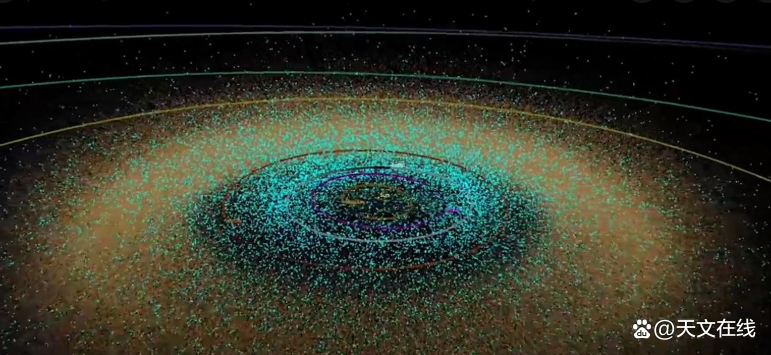
The path of the asteroid is not as simple as the solar gravity. Although its power is small, it can cause major changes in the orbit of the object. When the asteroid rotates in space, the sun will heat the side of the asteroid. When it rotates, the hot side cools. When the asteroid cools down, it releases a small amount of energy. This heat is the Yakovsky effect.
The initial "Sentry" could not calculate the Yakovsky effect. In the short term, Yakovsky's effect is not important, but after decades or hundreds of years, these small thrusts from solar calories will gradually accumulate. David Farnichia of Jet Promotion Lab said:

"Sentry" cannot automatically handle the Yakovsky effect, which is a limit. Every time we encounter special circumstances -such as Apofis, Bennu, or 1950 DA asteroids -we must carry out complicated and time -consuming manual analysis. But with Sentry-II, we don't need to do it anymore.
Special circumstances: close contact with the earth
Another shortcoming of "Sentry" is that when the asteroid is in close close contact with the earth, it cannot be adjusted according to the path that the asteroid changes. Because when a near -earth planet is too close to the earth, our gravity will deviate from the original track. "Sentry-II" can adjust the track in time when the asteroid is approaching the earth. Roa is currently explained:
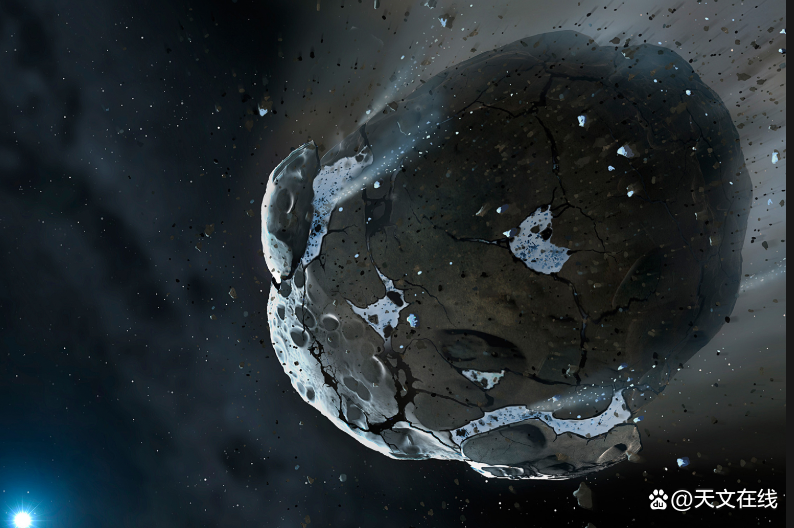
"The special situation we found is only a small part of all NEAs we calculate the probability of impact. But when the near -earth celestial detection task in the NASA plan and Chile's Vera C. Rubin Observatory are launched, we will find more like this. Special circumstances, so we need to be prepared. "
Asteroid impact monitoring and calculation
It is a complicated process to determine whether the asteroid may hit the earth. First of all, a telescope found a new NEA. Scientists then measure the position of NEA and report the information to the asteroid center. Next, CNEOS uses these data to calculate the most likely running orbit that small planets are running. Because the observed position is slightly uncertain, these orbit may not be the real track of the asteroid. The real track may be in an uncertain position, such as the possible cloud around the orbit.
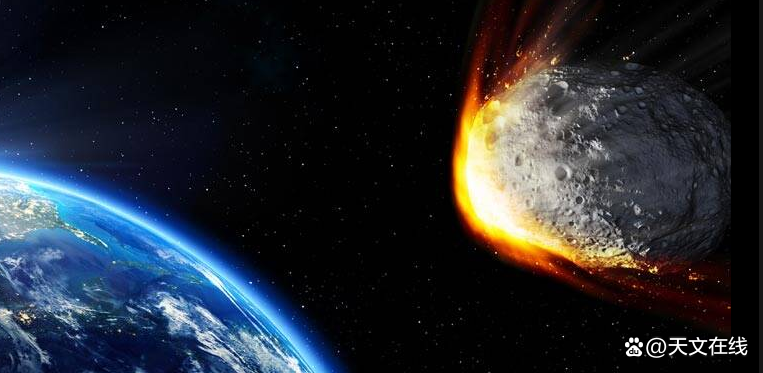
In order to narrow the scope of the real track, the initial "Sentry" will make some assumptions on how the uncertain cloud will evolve. Then, the sentinel followed a line across this area to uniformly select the interval point. Each point indicates the possible position of the asteroid.
Next, "Sentry" will projected the track forward in time to observe the orbit of virtual asteroids to see if there are small asteroids approaching the earth. "Sentry" has made further calculations to "enlarge" to see if any point may affect the earth. If there is a satellite and the earth, "Sentry" is estimated to have the possibility of impact. The following animation shows this process. Use "Sentry-II" to monitor the asteroid impact
Sentry-II does not limit itself on one goal. The new algorithm can simulate thousands of points without any assumptions. It is randomly selected in the entire uncertain cloud. The algorithm will observe the possible tracks to determine which orbital may hit the earth. Sentry-II exclude some speculation. At the same time, it also targets the low probability impact scenes that sentry may miss.
Fanicia described it as a needle. "Sentry" will find goals one by one in a large amount of data, and "Sentry-II" will check a large amount of data at the same time. Steve Chestley of Jet Promoting Laboratory said:

"Sentry-II" is a great achievement, which can find a tiny impact probability in a large-scale scenario. When the consequences of the future asteroid hitting the earth are so serious, it is worth it even if it is found in the data to find the minimum impact.
Summary: "Sentry-II" is analyzing small planets near the planet to find asteroids that might interact with the earth.
By: Kelly Kizer Whitt
Fy: Qiu Bai
If there is related content infringement, please contact the author to delete after the work is released
Reprinted, please obtain authorization, and pay attention to maintaining integrity and indicating the source
- END -
Distant space, close concerns
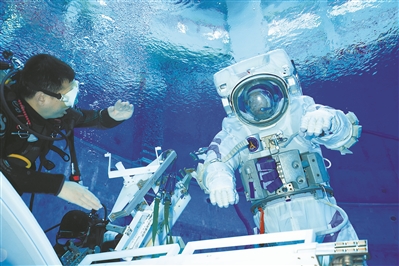
Figure ①: In March 2022, astronauts Cai Xuzhe (right) and astronauts Zhao Yang (l...
Under the background of artificial intelligence, whether to recommend candidates to choose artificia

This is a very good question, and it is also a question that many candidates and ...